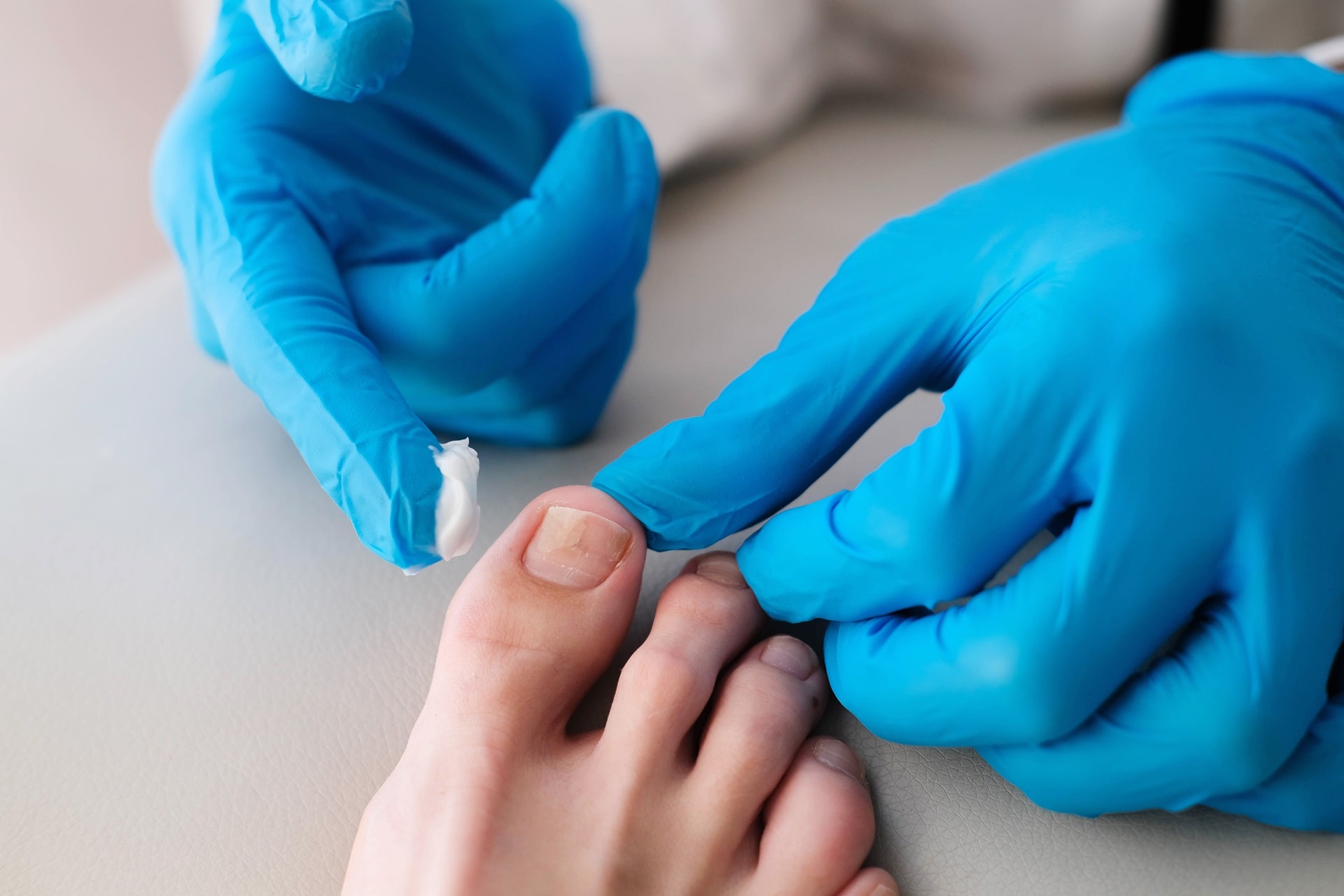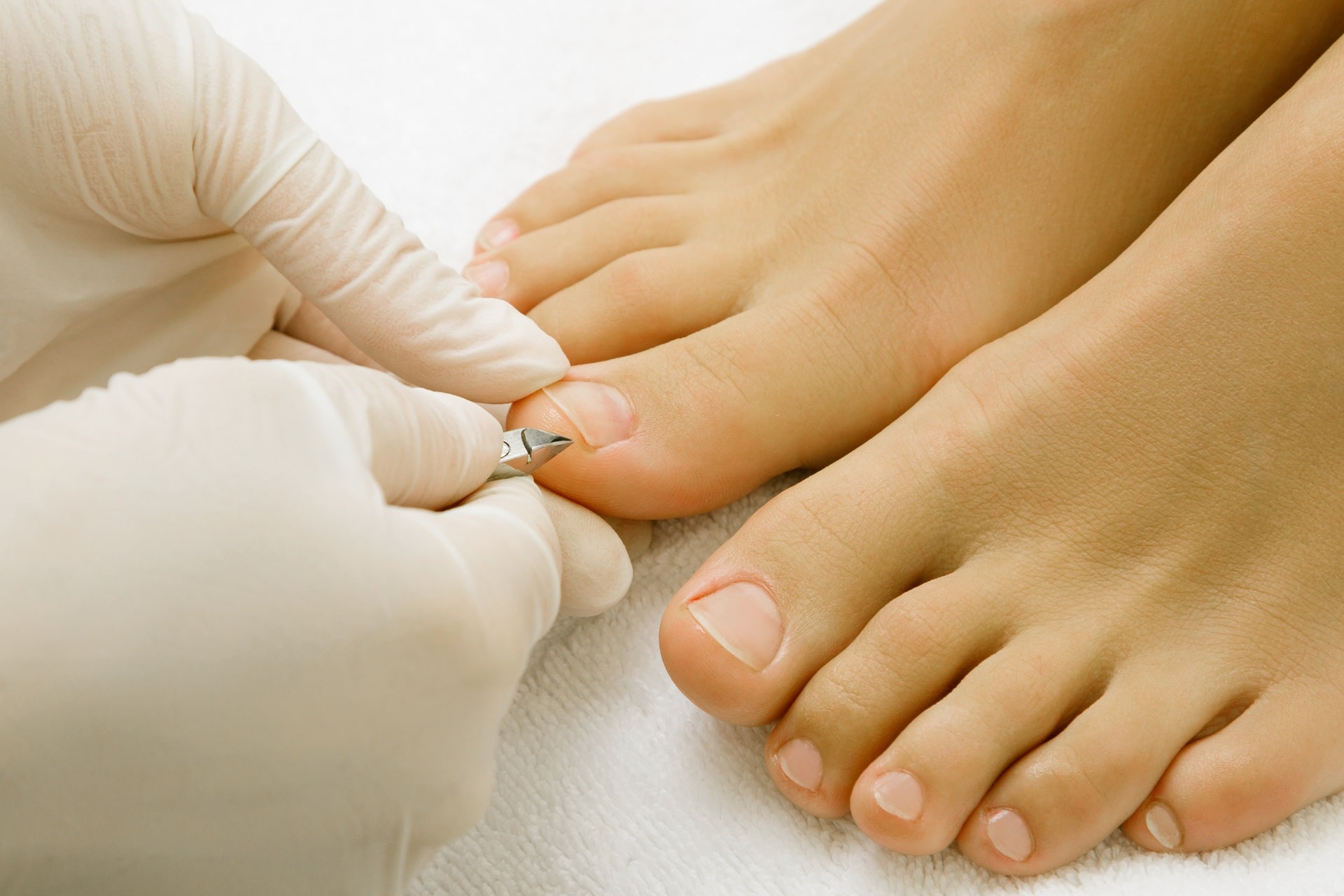Nail fungus is a fungal infection that starts as a white or yellow spot just below the tip of a person's fingernails or toenails. It is quite common.
As the nail fungus deepens and increases, it can cause the color of the nail to change and fade, as well as thickening of the nail. In addition, the nail can peel off layer by layer and break, crumble or disintegrate. Nail fungus can be seen on a single nail or on more than one nail at the same time.
If the fungal infection on the nails expands and infects the area between the toes and feet, this condition is called athlete's foot or athlete's foot, or tinea pedis. Nail fungus is common in people with conditions that affect the immune system, such as diabetes.
If the condition is normal and the fungal infection does not bother the person, treatment may not be necessary. However, in some cases, people feel pain. And in some cases, the thickening of the nail leads to poor hygiene. In such cases, a nail fungal infection should be treated by a specialist. Nail fungus is a condition that can often recur even when treated.
Causes of Nail Fungus
Nail fungal infections are caused by various types of fungal organisms. Among these fungal organisms, the most common type that causes nail fungus is a type of fungus called dermatophytes. In addition, various types of yeast and mold can also cause nail infections.
Nail fungal infections can occur at any age. However, it is possible to say that it is more common in the elderly and adults. As the person ages, the nail may become drier and more brittle.

Cracks in the nails allow the fungus to enter underneath or in the intermediate layers of the nail. Other factors such as reduced blood circulation in the feet and a weakened immune system may also play a role in the development of toenail fungal infection.
Toenail fungal infection can also occur when the fungus on the foot jumps to the nail, called athlete's or athlete's foot. Transmission of toenail fungus from another person is less common, but possible.
The elderly, people with poor circulation, prolonged exposure to the fungus, people with slow nail growth, people who sweat a lot, people with athlete's or athlete's foot infections, people who walk barefoot in humid environments such as swimming pools, gyms and showers, people with minor injuries to the skin or nails, and people with psoriasis, diabetes, circulatory or immune system problems are at higher risk of developing athlete's foot.
How to take precautions against nail fungus?
Various measures can be taken to prevent nail fungus. These measures can also prevent the development of athlete's foot or various bacterial infections.
Individuals should first wash their hands and feet regularly. Wash your hands after touching an infected nail. Moisturizing the nails after washing can prevent them from drying out and cracking.

Nails should be cut neatly and straight, and the edges should be trimmed with a file. The thickened areas of the nail should be filed. Nail clippers should be disinfected after each use.
Individuals should wear sweat-absorbing socks or change socks frequently during the day. In the same context, shoes made of materials that allow comfortable air circulation and do not cause sweating should be preferred. Old shoes, possibly carrying fungal spores, should be discarded or carefully cleaned with disinfectant and antifungal powder.
It is important for individuals to avoid going barefoot in pools and changing rooms and to wear shoes or closed slippers, especially in such places.
When choosing a beauty salon for nail care, choose one that uses sterilized manicure instruments for each client and avoid using nail polish or false nails.
You may be interested in: How to care for thickened nails?









